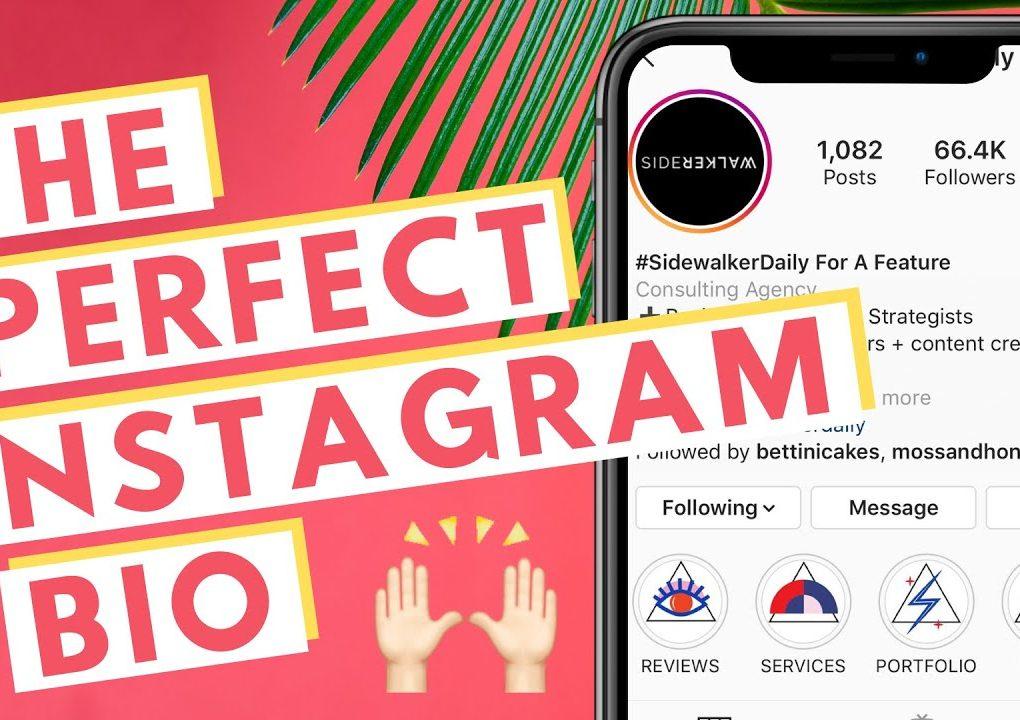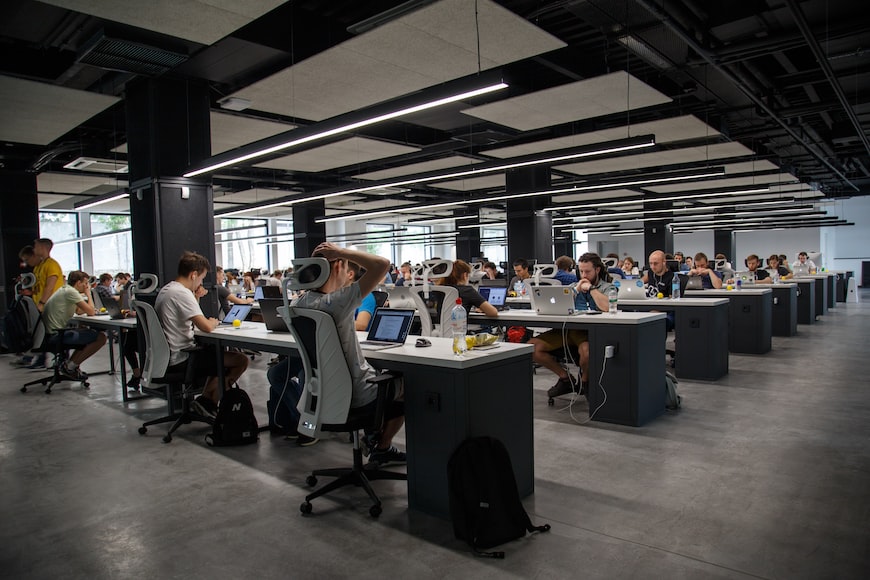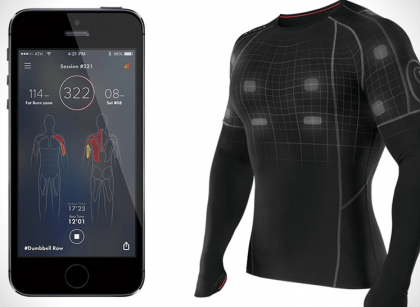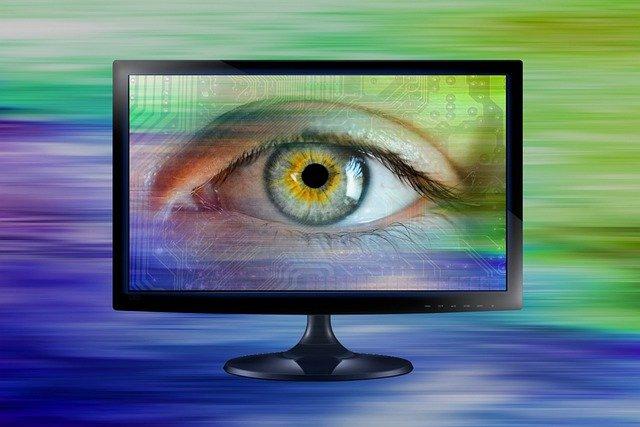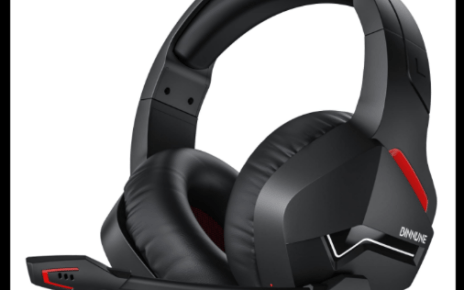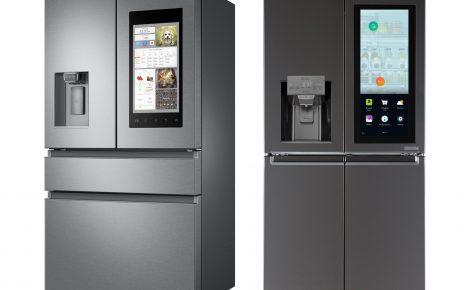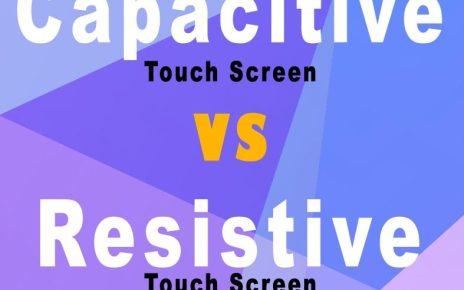What is Eye-tracking Technology?
Eye-tracking is the process of monitoring eye movements or the actual detection of an eye movement or the eyeball position relative to the head while performing a specific task.
Eye-tracking has been around for decades but the eye-tracking technology, which is also called Tobii is pioneered by three Swedish entrepreneurs – John Elvesjö, Mårten Skogö, and Henrik Eskilsso.
Application of Eye-tracking technology
Eye-tracking technology stems from psychology and it deals with the focus of the eyes as related to mental processes and the ability to interpret and understand what the eyes view.
Eye-tracking technology is employed mostly in the education sector and can be applied in other sectors such as health, law, and others.
Eye-tracking technology helps disabled children to learn better in school.
In psychology, some shapes and lines are easily focused on when viewed. For example, if you bold a sentence in an essay, it can be seen easily.
Eye-tracking software is now used in on-page SEO of websites, not t really improve the ranking of webpages to enhance the readers’ experience.
Advantages of Eye-tracking technology
There are pros and cons associated with the use of eye-tracking technology in various applications in different sectors.
One of the main advantages of eye-tracking technology or software is that the technology is safe, efficient, and easy to use.
Application examples include eye tracking in gaming, education, healthcare, safety, the environment, and the military.
Disadvantages of Eye-tracking technology
While there are pros of eye-tracking, there are also cons associated with eye-tracking technology.
Some of the disadvantages of eye-tracking tech are as follows
- Eye-tracking can only detect blinking and pupils and not depth perception which means some games may be difficult to play for people with poor eye conditions such as nearsightedness or farsightedness.
- Eye-tracking cannot detect eye contact, which means some games or other activities will be difficult for people who have eye contact problems.
- Eye-tracking systems require high resolution and may not be appropriate for people with low contrast sensitivity or poor contrast enhancement.
- The system may also be susceptible to artifacts resulting from the movement of the eye mask unit which means some applications may have artifacts even with high-quality eye-tracking equipment.
However, some eye-tracking technologies have been developed that may overcome these drawbacks.
In this case, the pros and cons of the technology would depend on the application and the type of application needed to track eye movements.
Application examples of Eye-tracking technology
The two main application examples for eye-tracking technology are the military and healthcare industries.
Although, this tech has influenced other industries such as education, SEO, gaming, and others.
Eye-tracking technology in Military
In the military, for example, eye tracking is used to monitor the gaze direction of soldiers during combat.
Tracking of the eye can help military personnel orient themselves in different situations.
For example, a soldier may turn to face a different direction if he is being pursued by enemies, and some eye-tracking devices can track eye movements in this situation to determine which direction the soldier should turn to avoid detection.
This helps the military personnel learn which moves are safe and which ones require more attention to make them more effective.
This same information is then used by the military to train its personnel to react in certain situations.
Eye-tracking technology is also commonly used in the military to determine when a soldier needs to report an injury to the proper medical personnel.
Eye-tracking technology in Health and Law
Healthcare and law enforcement agencies also use eye-tracking technology to track suspects during investigations.
Eye-tracking devices are often attached to suspects and a portable computer is used to record details of the suspect’s eye movements.
Eye-tracking systems used in this manner can also determine whether the suspect is alerting the law enforcement authorities.
This makes it safer for police officers to apprehend criminals by using video monitoring and eye-tracking of the suspect.
Conclusion
The benefits of eye-tracking technology have led to many applications for both consumers and businesses.
It can be used in many different industry sectors. However, it is important to note that eye-tracking technology is not perfect.
It only records eye movements and does not allow for facial expressions or other emotional states to be accurately determined.
This makes it difficult to determine the emotional states of individuals, but it can certainly be useful in helping police officers and security personnel identify hostile or dangerous people.


